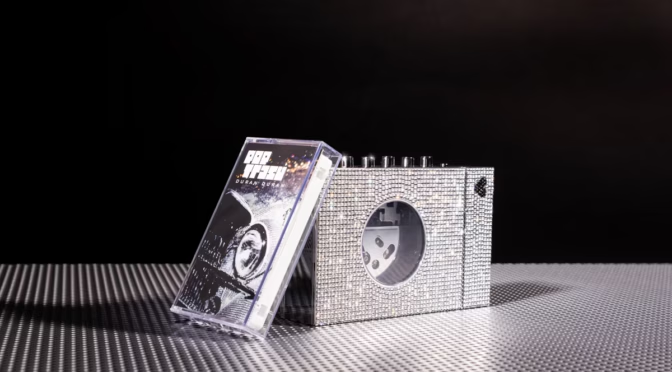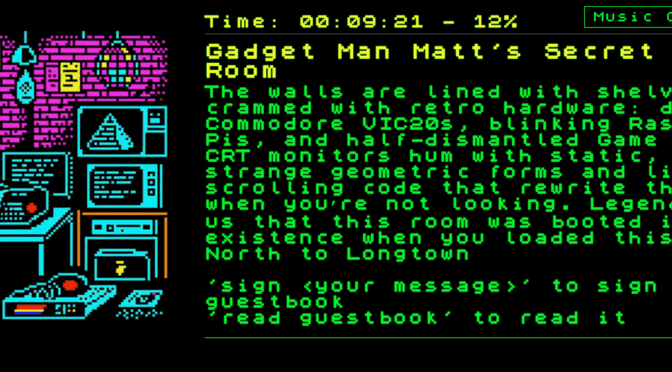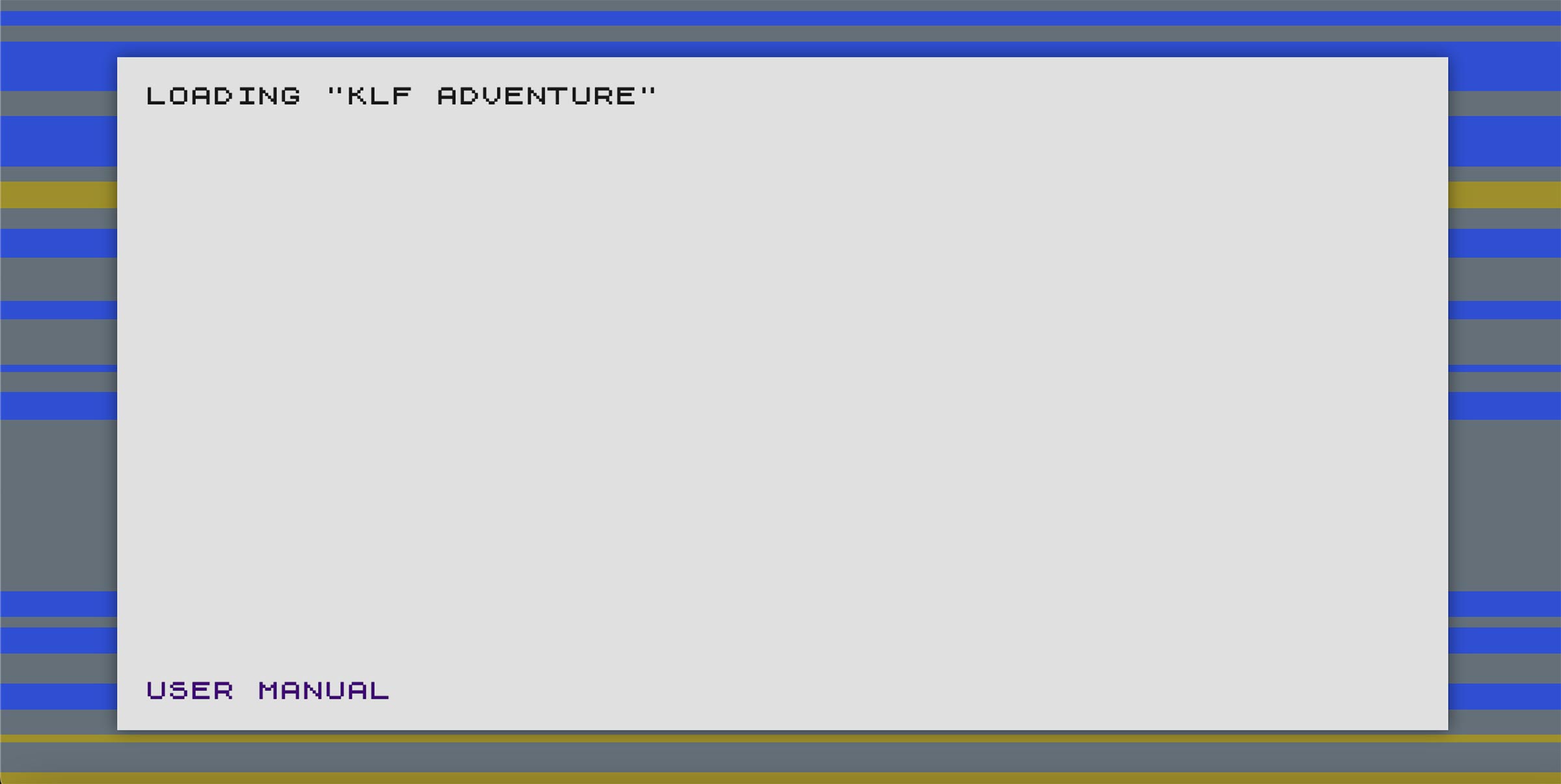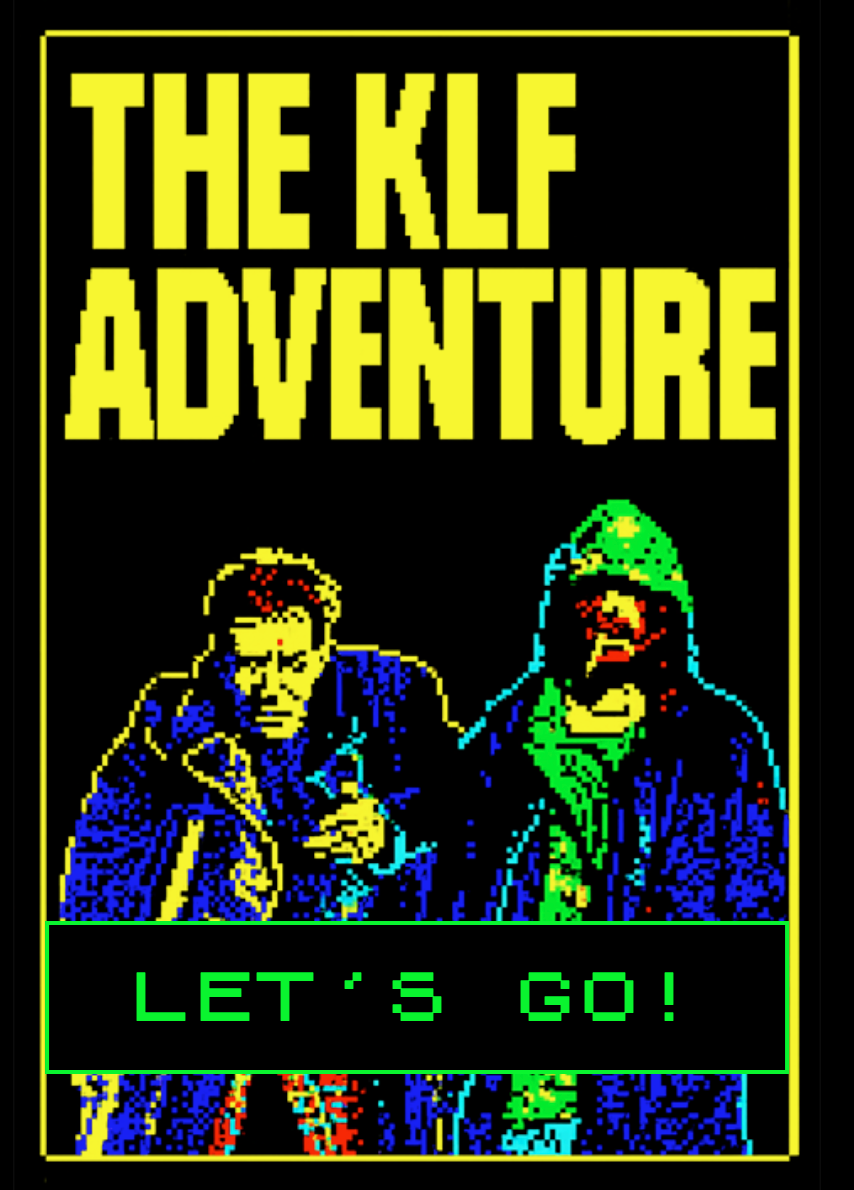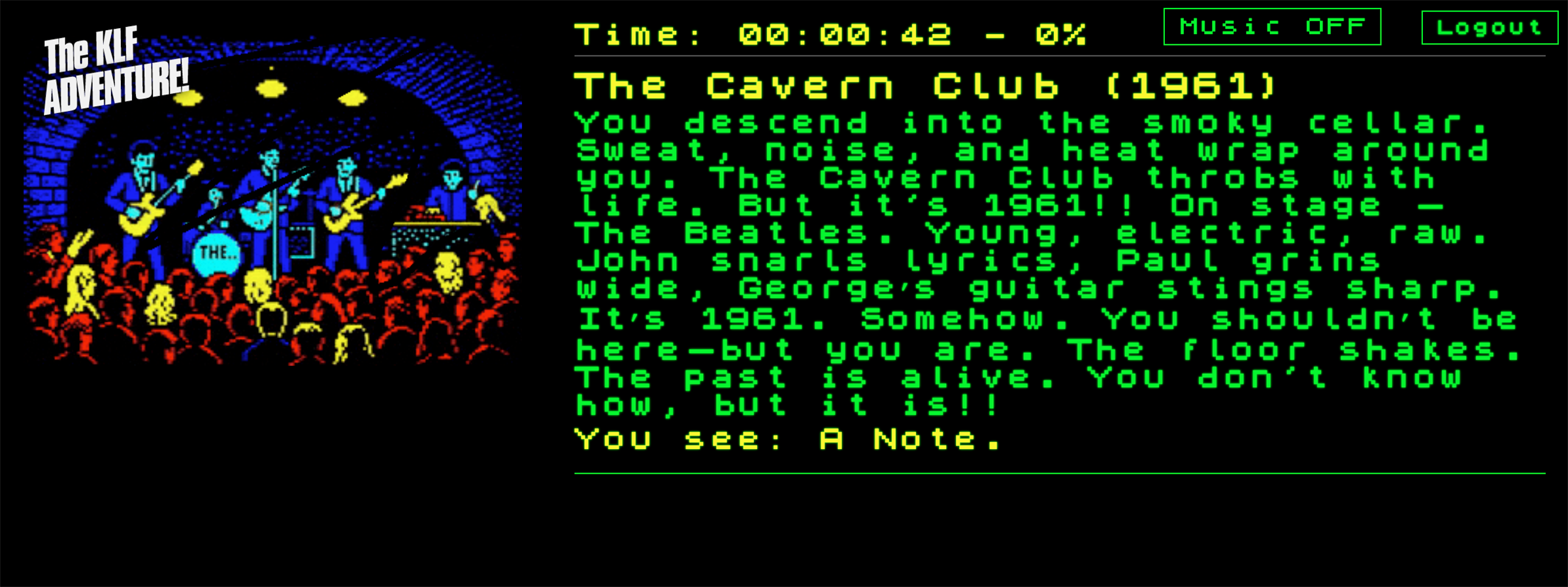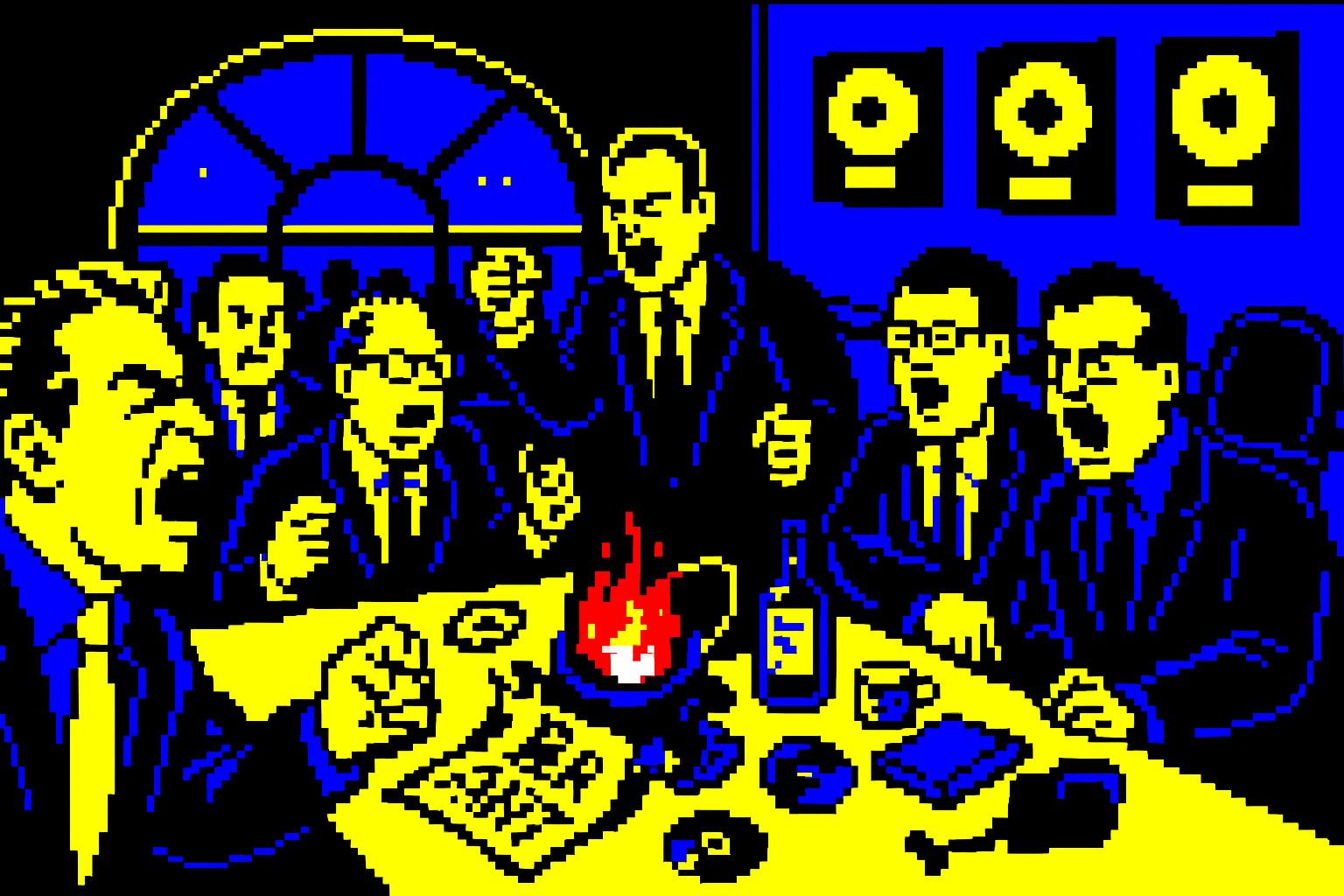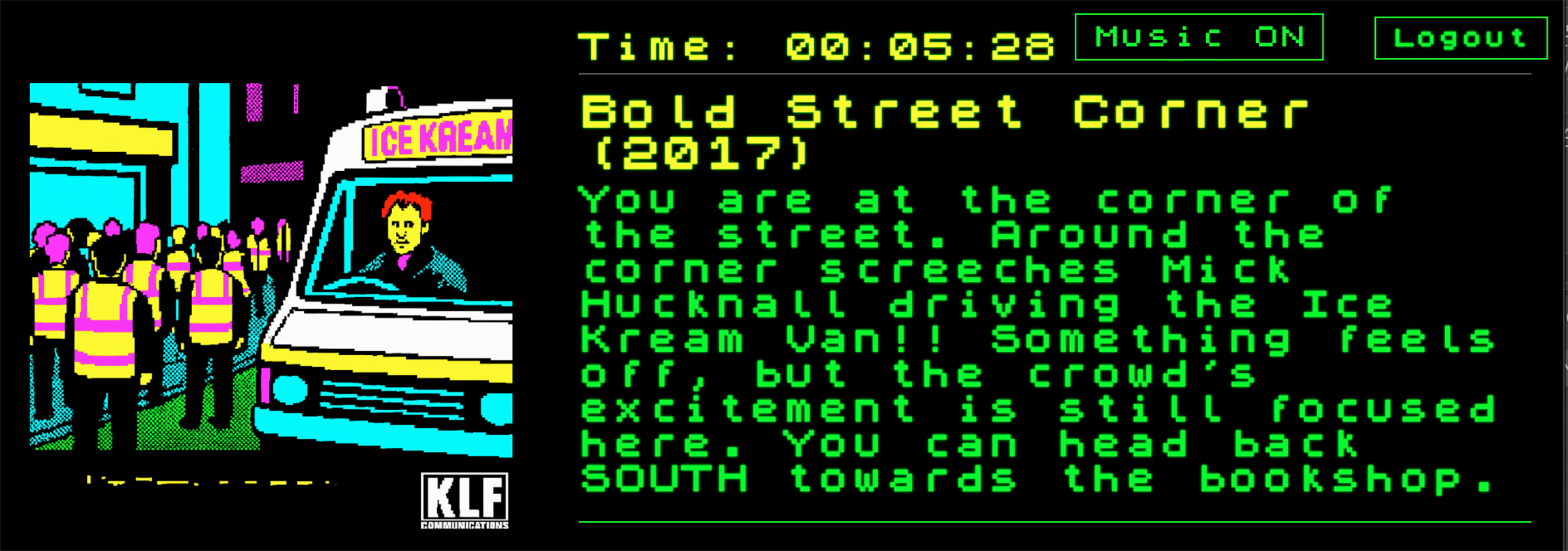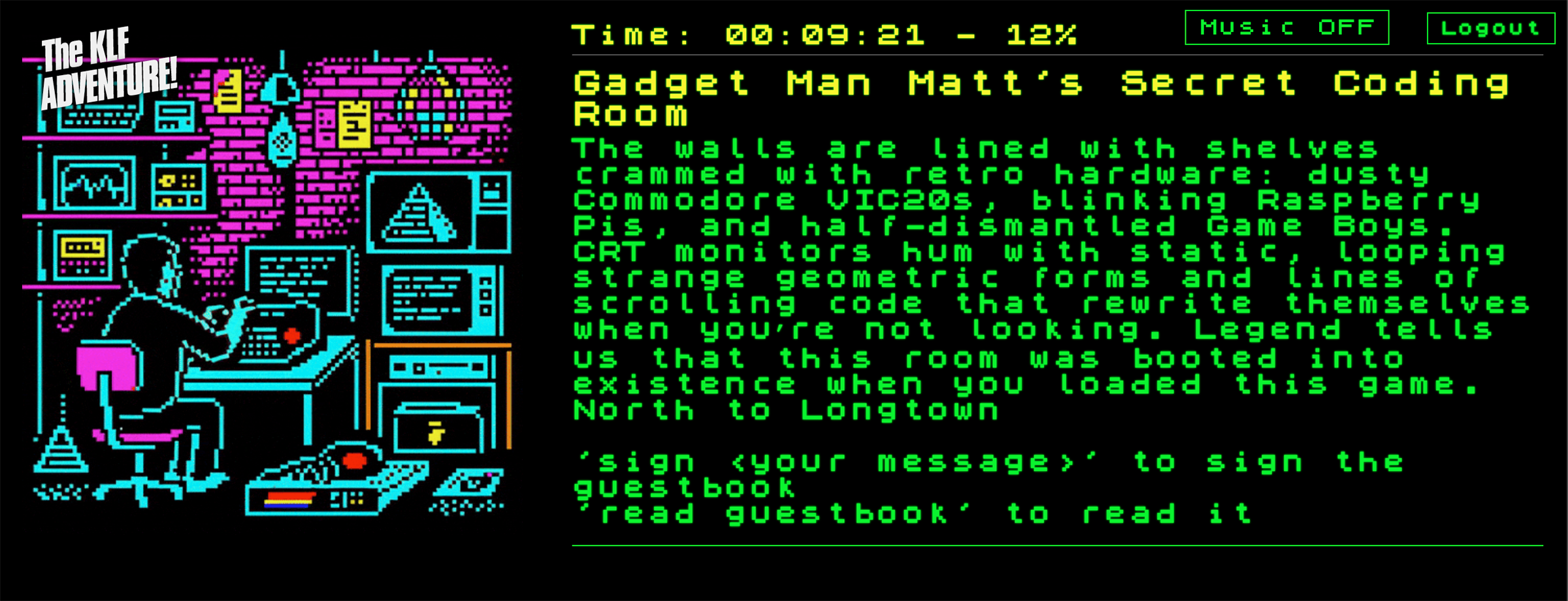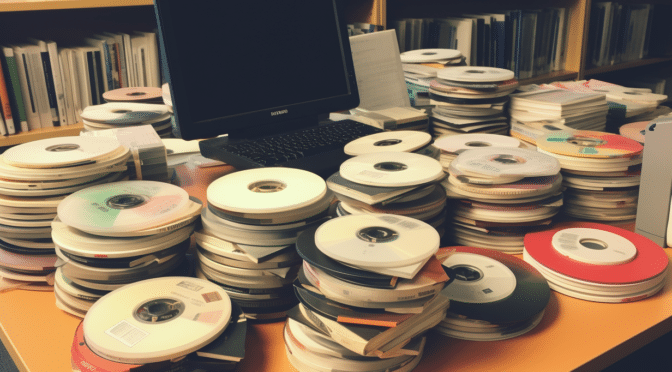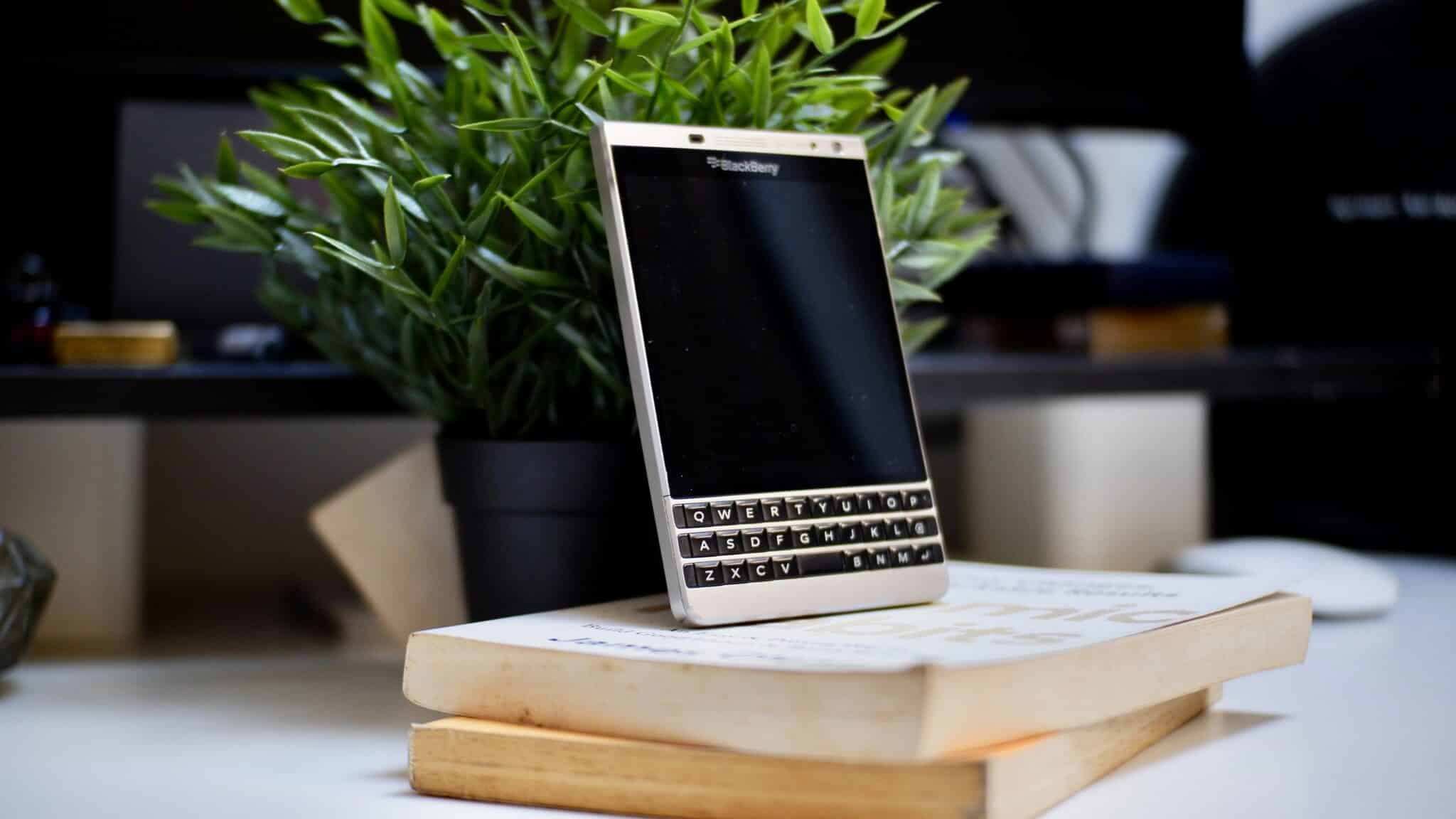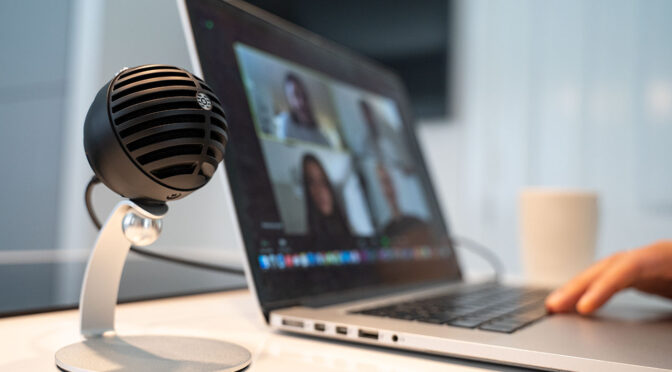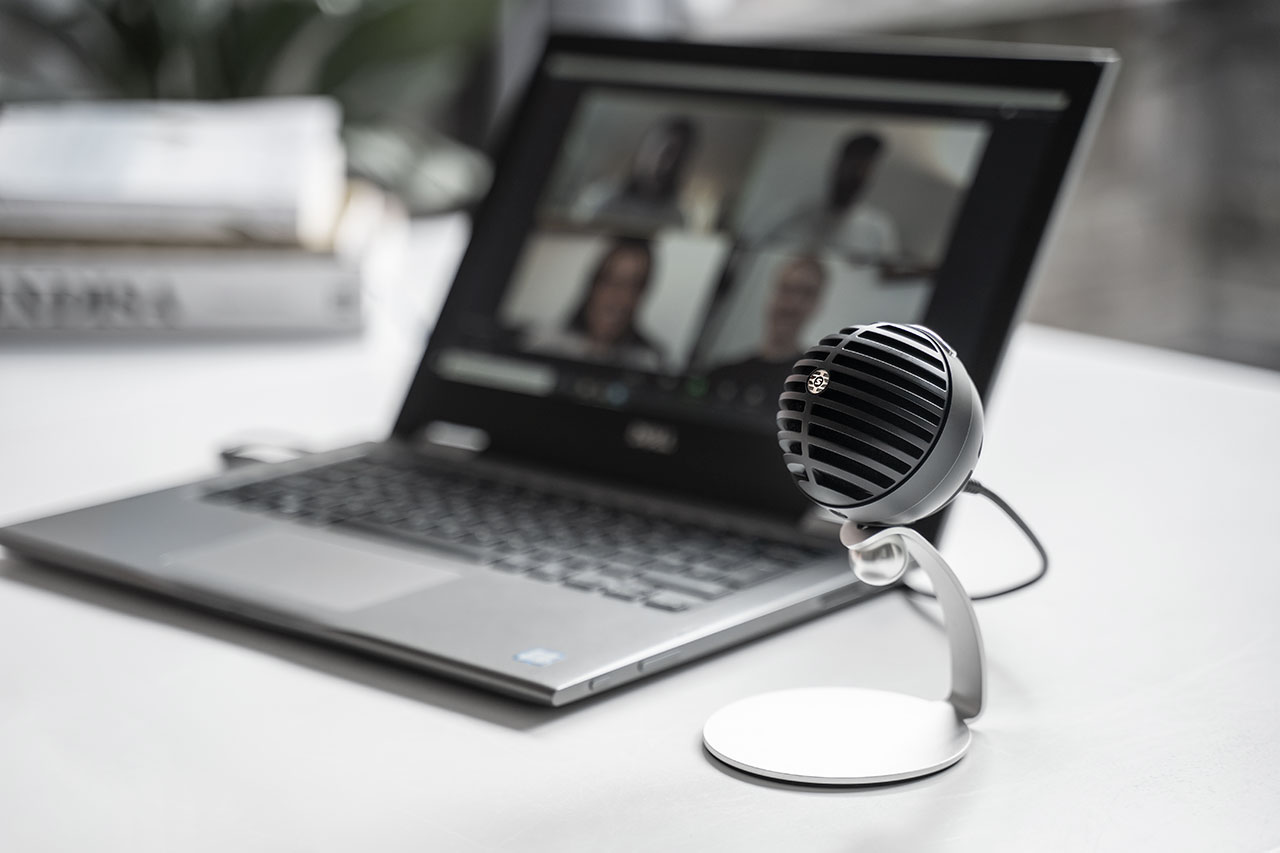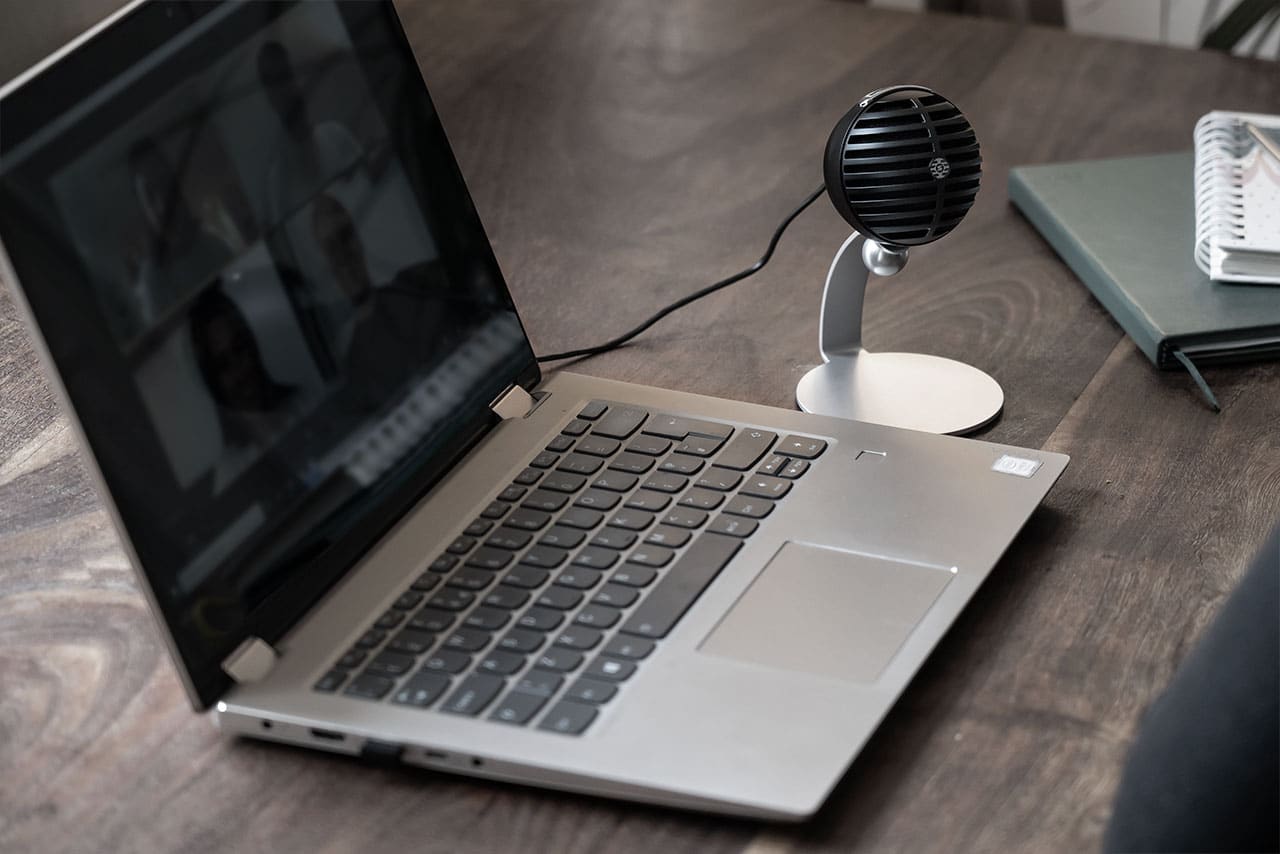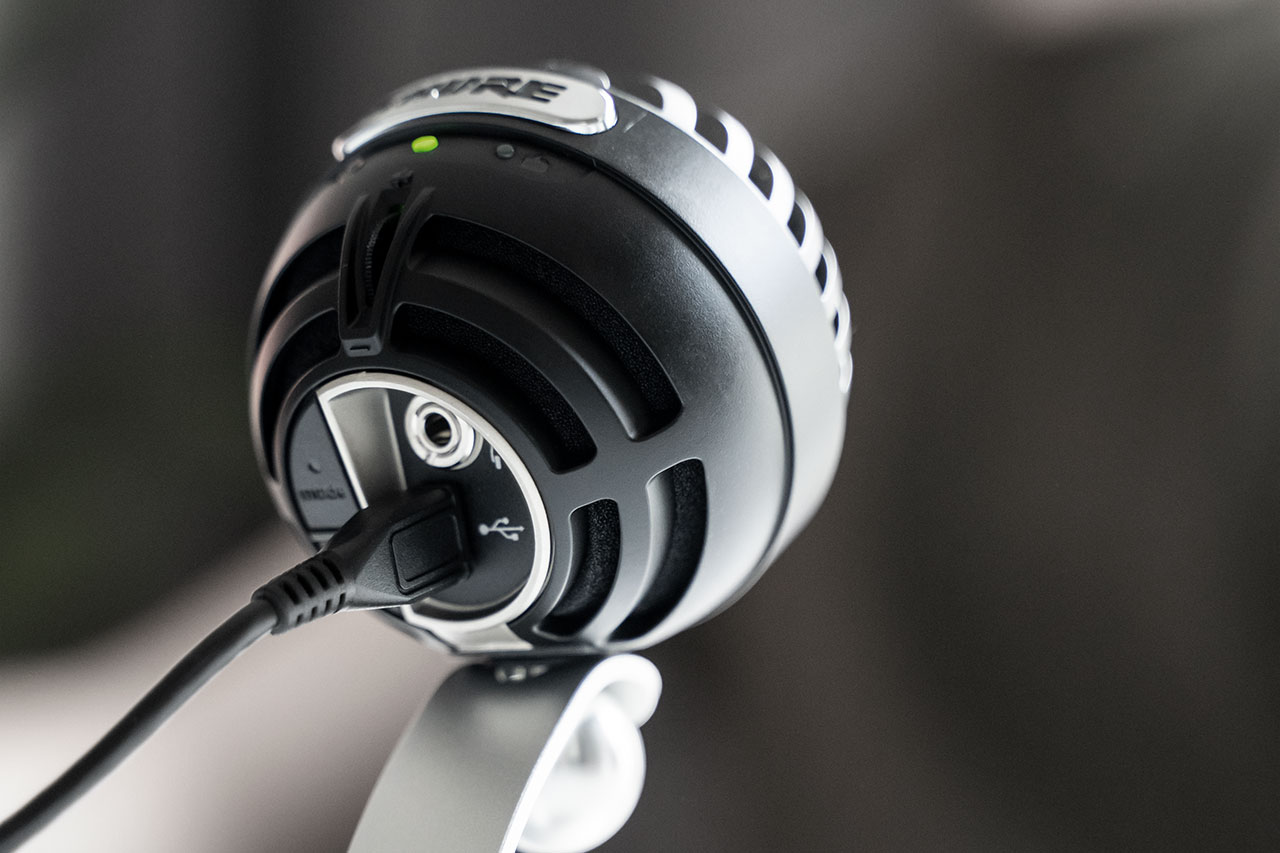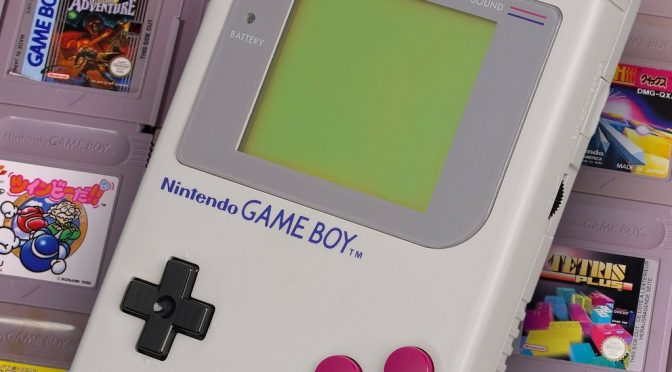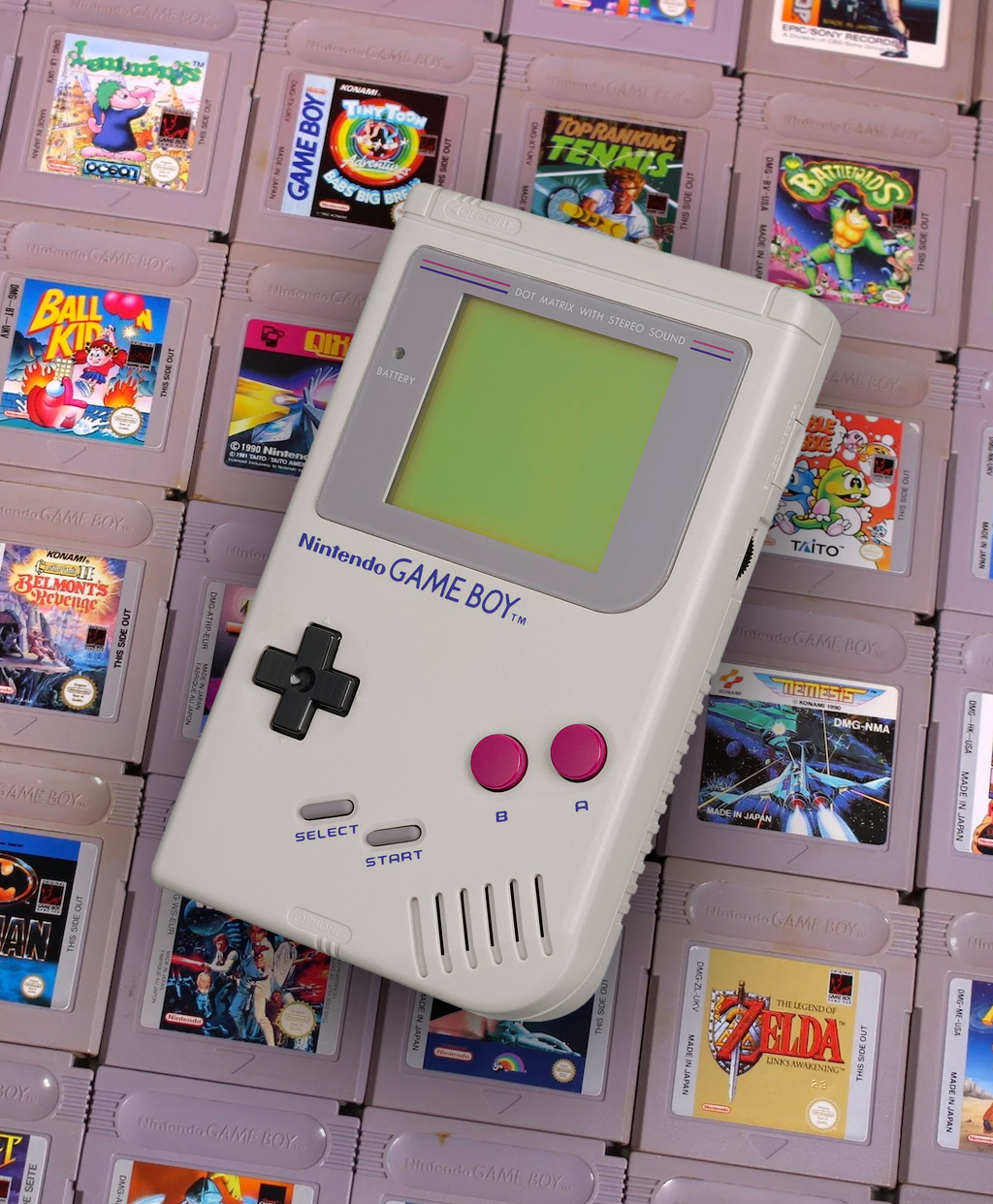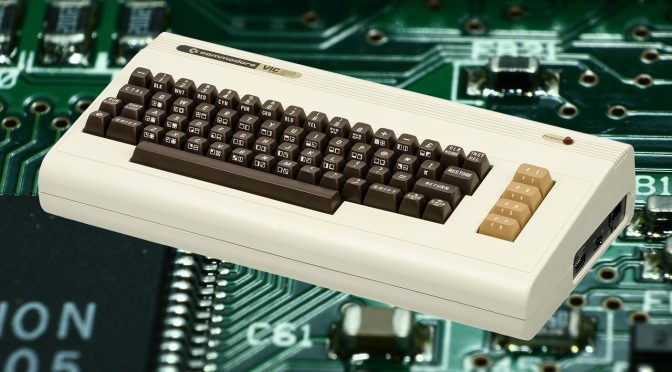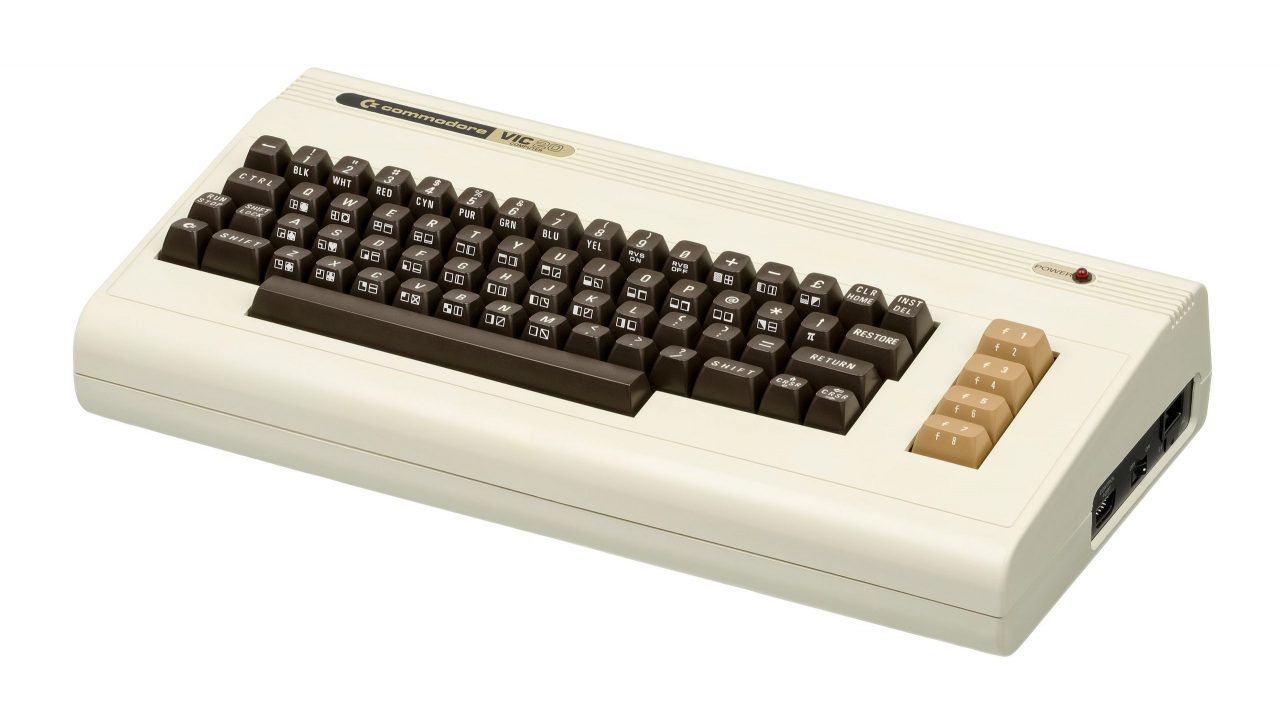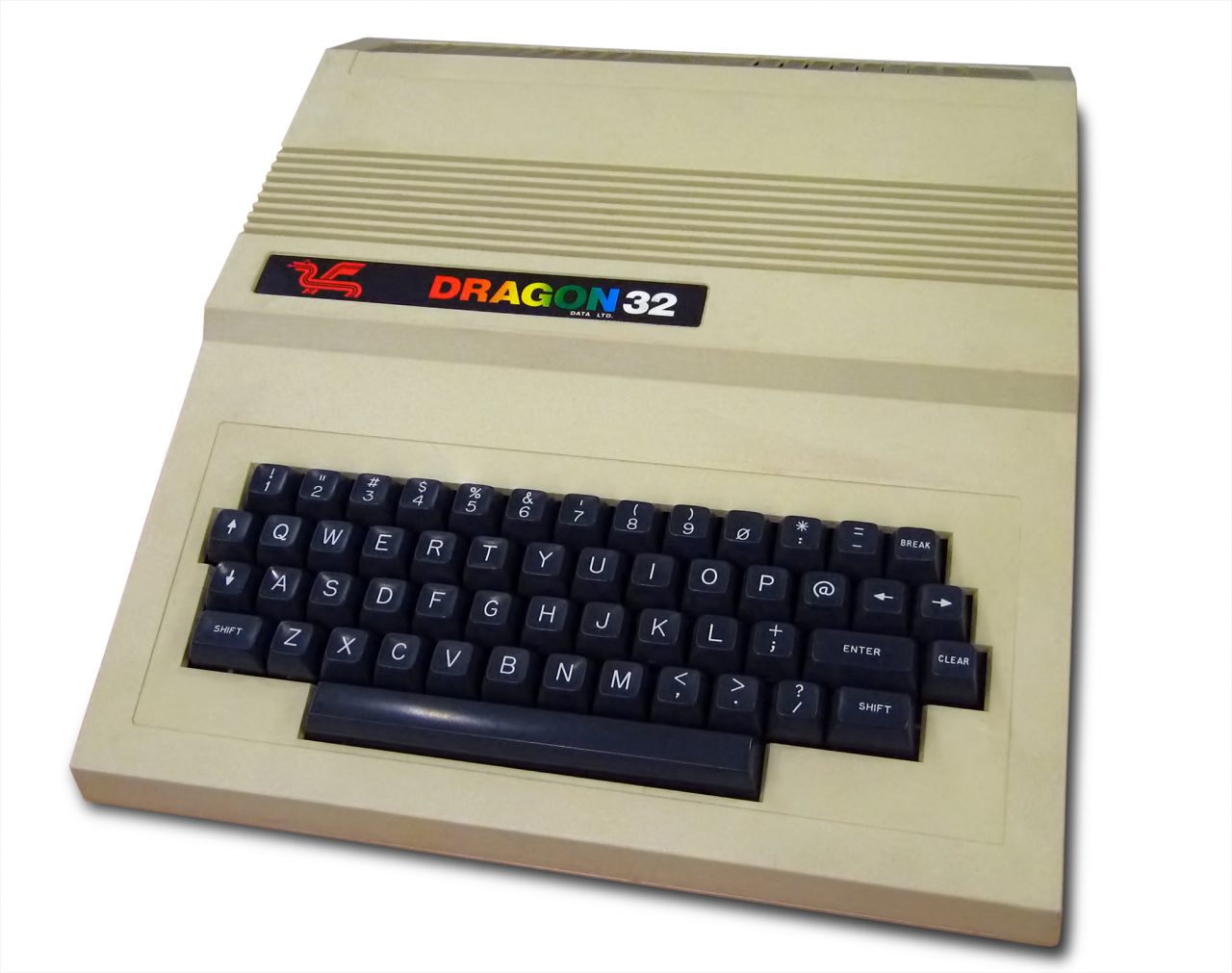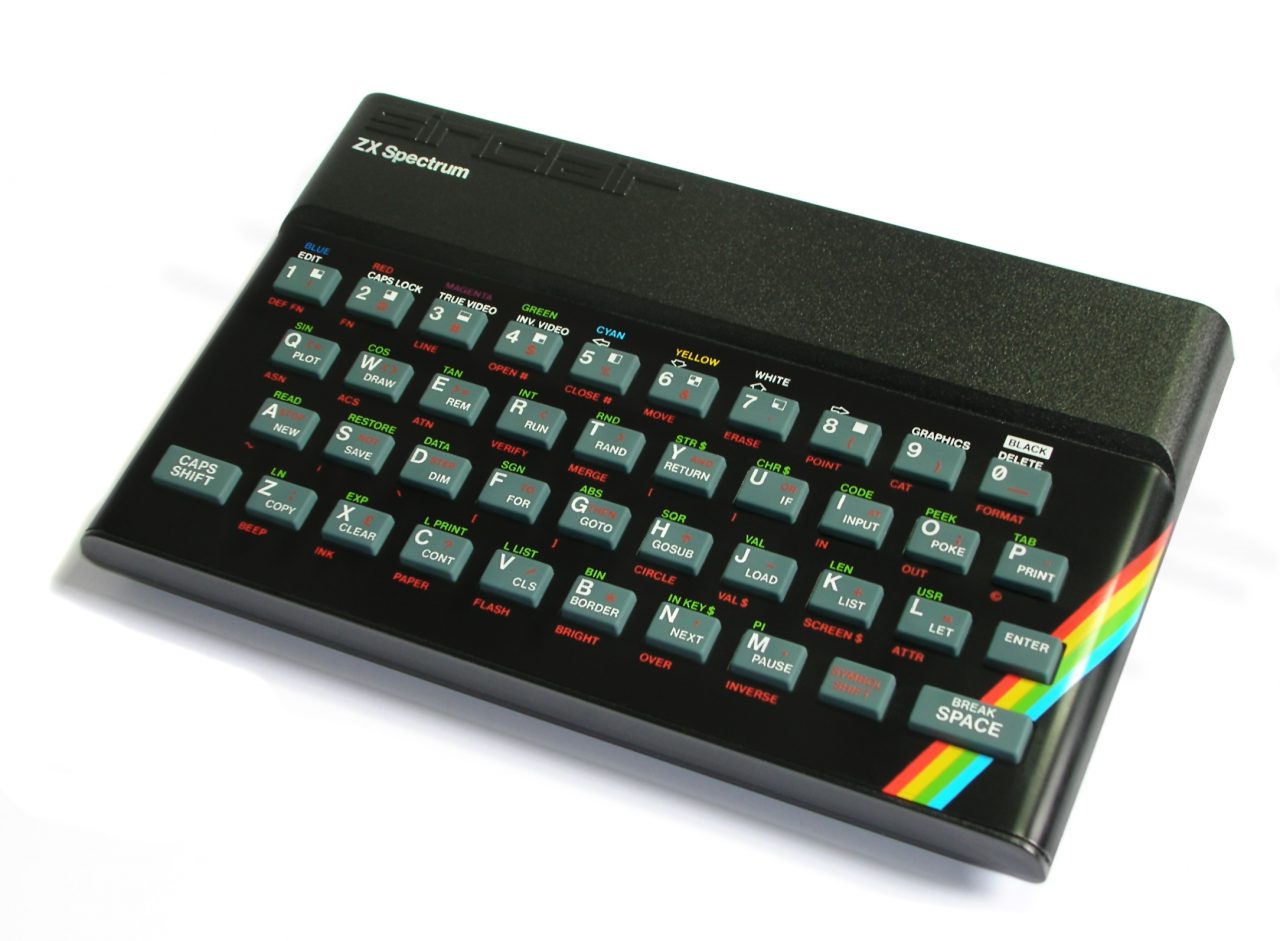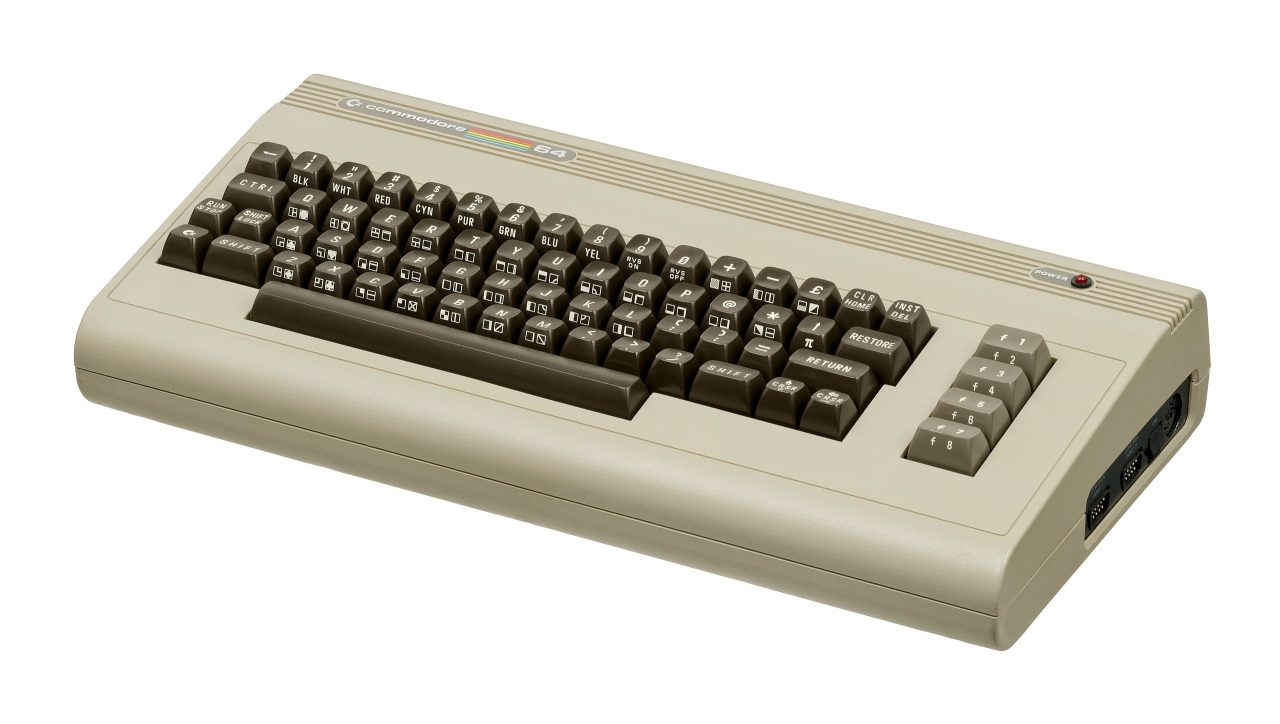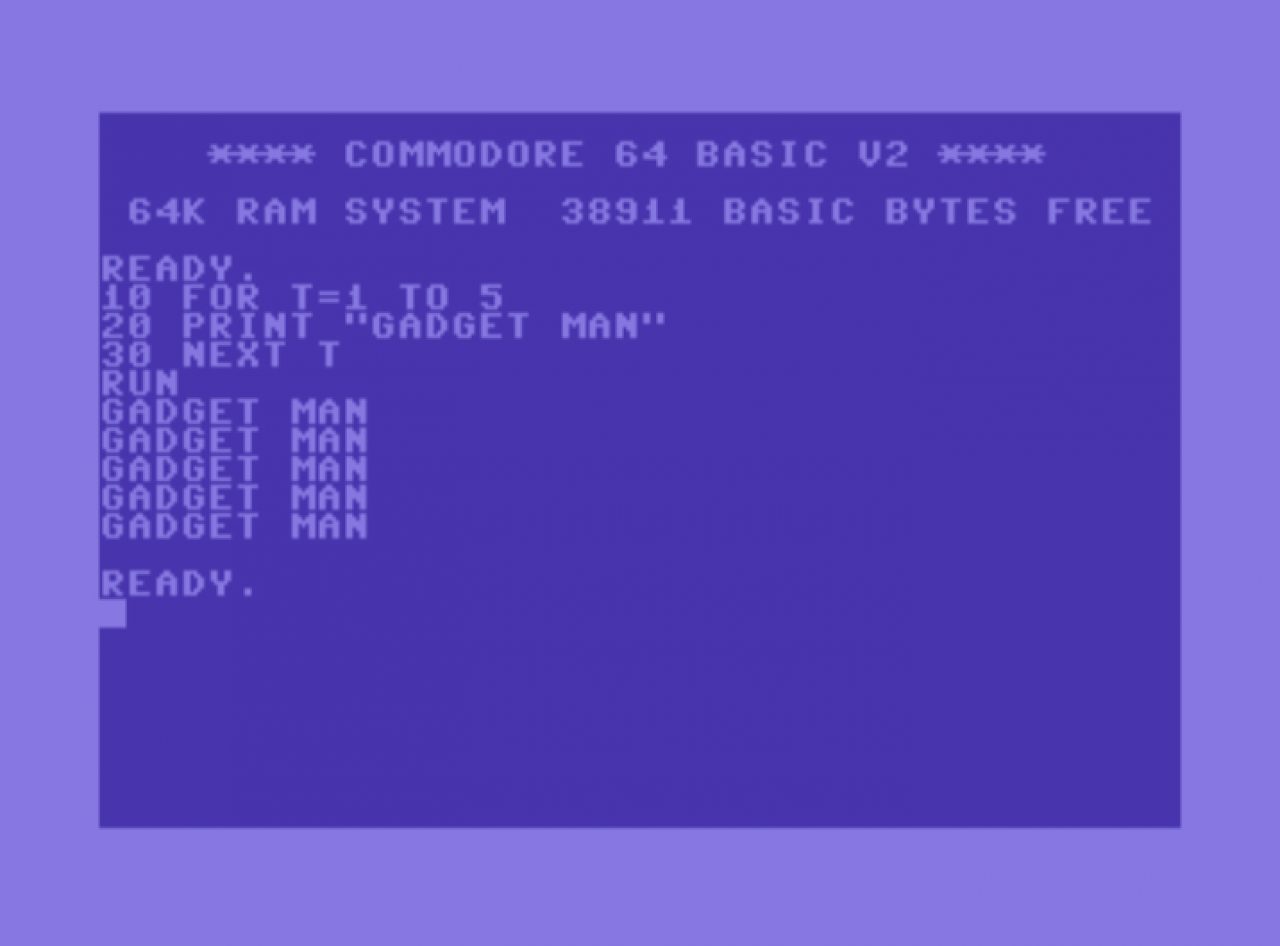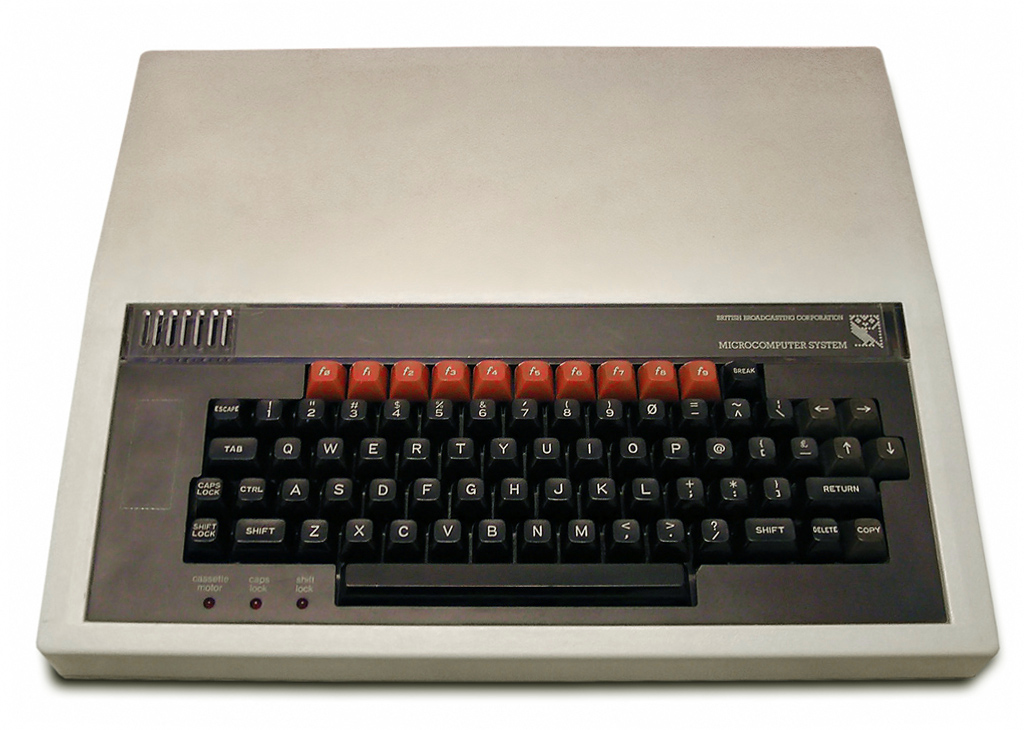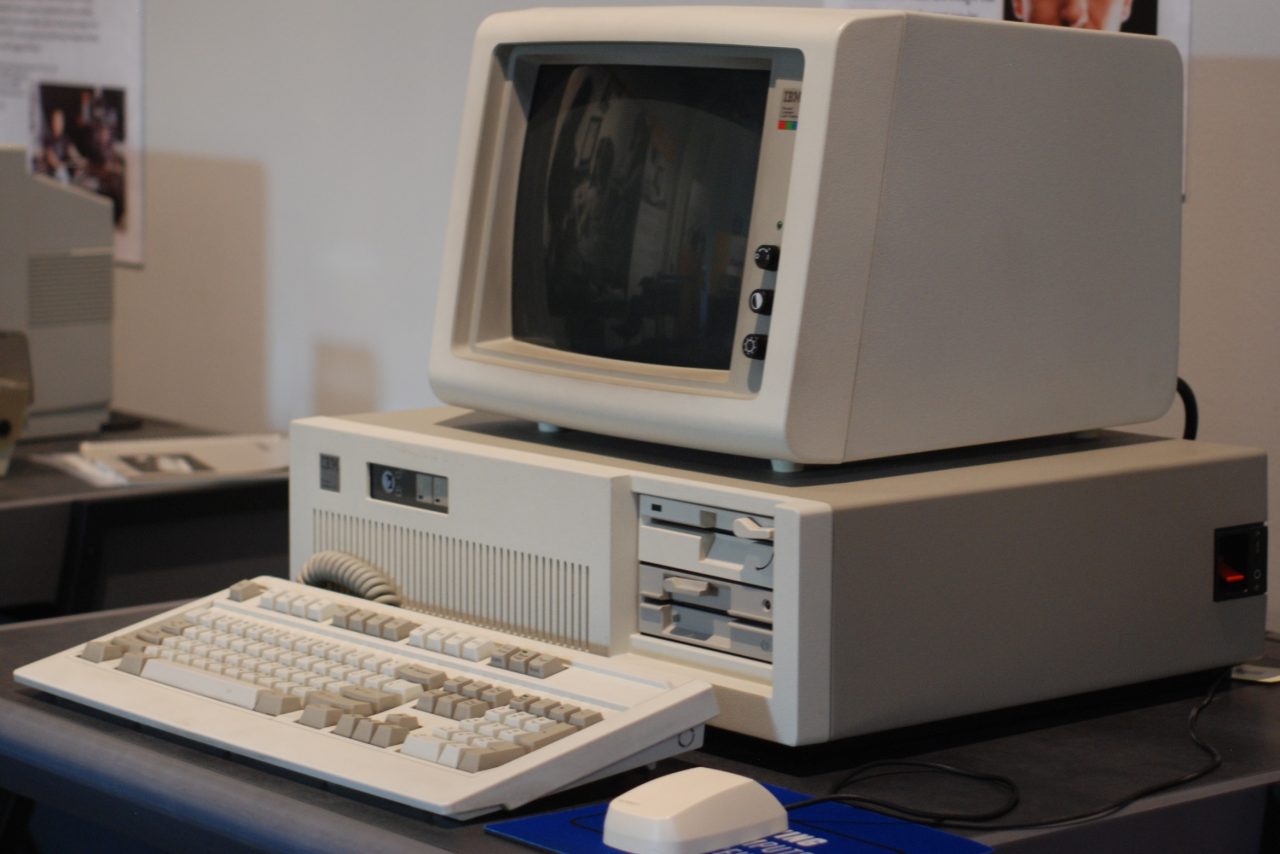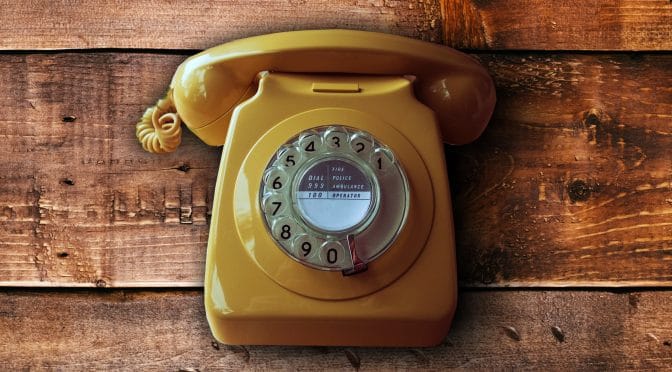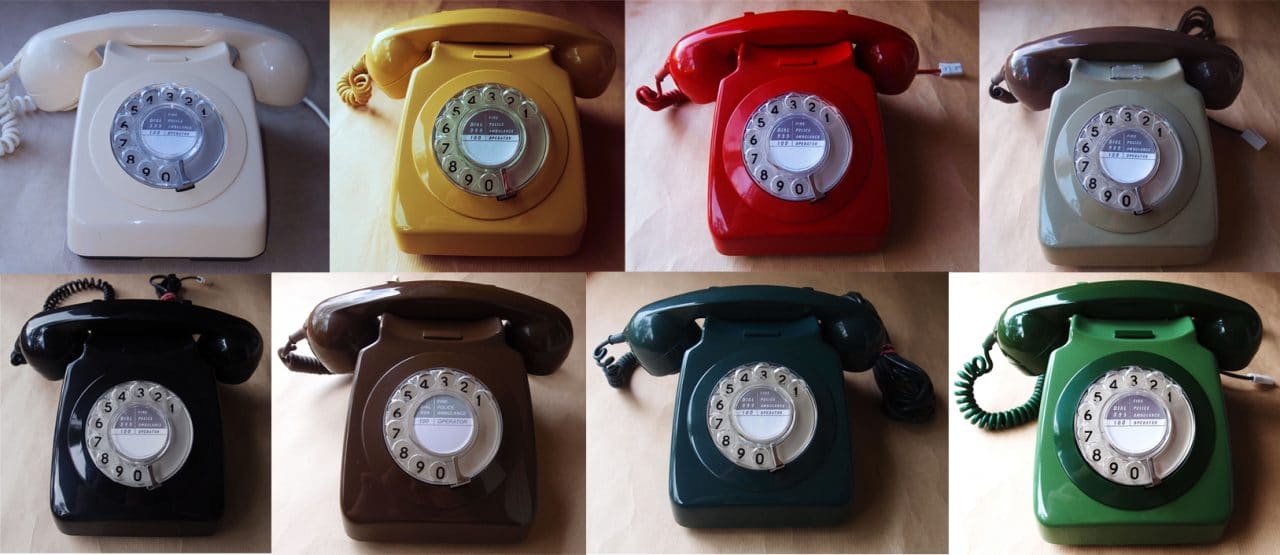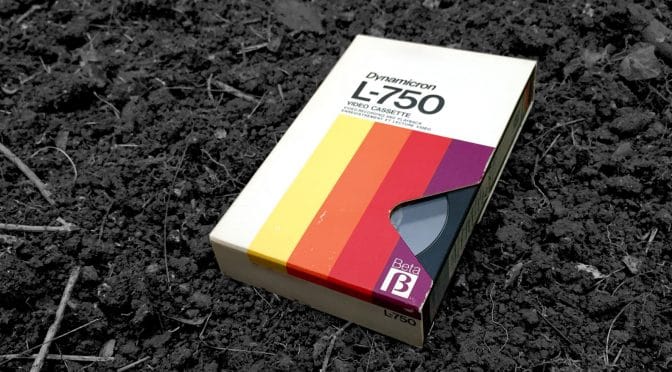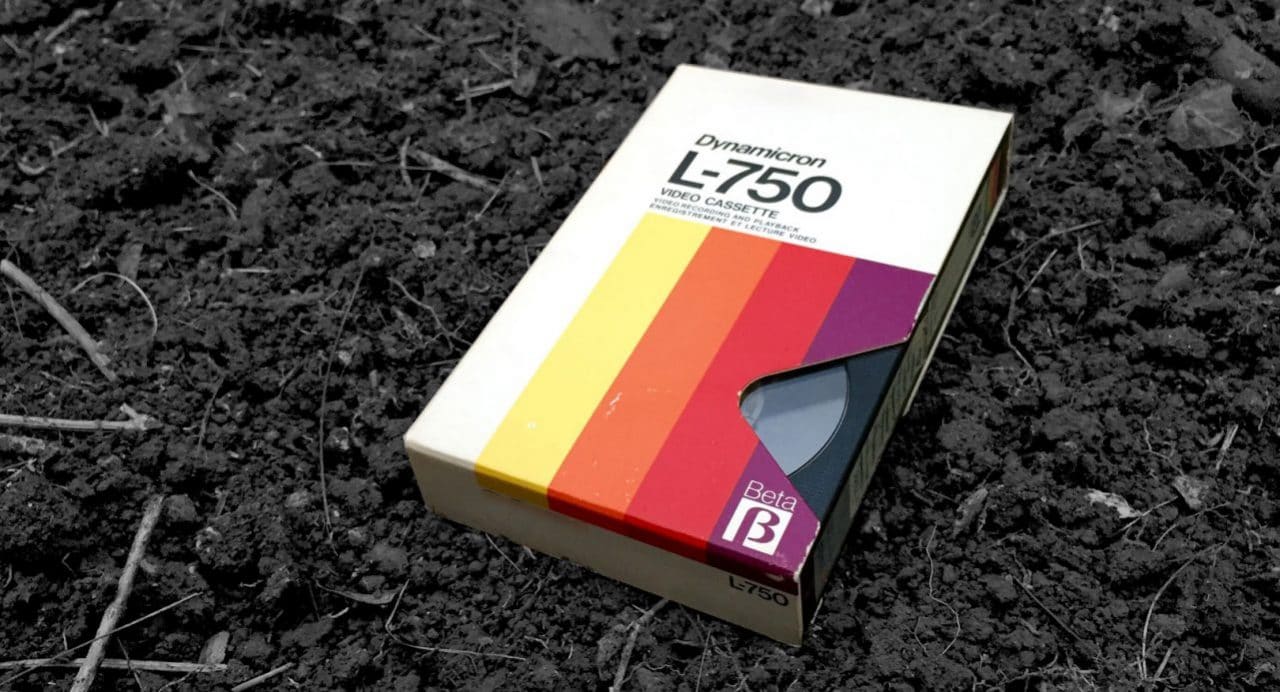Every so often a product lands on my desk that pulls me straight back to the excitement of discovering music on a physical format. This week it is the WE-001 Duran Duran Special Edition from We Are Rewind, a modern portable cassette player created with the band’s full blessing and visual flair.
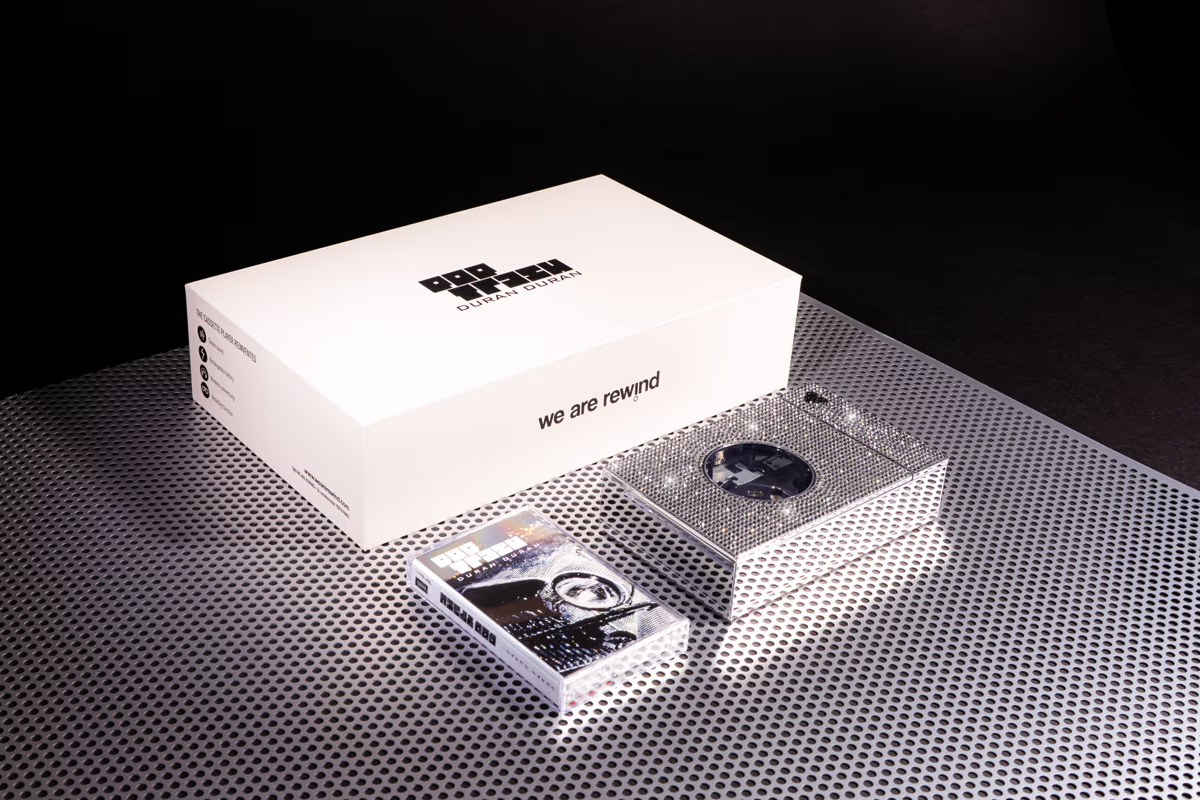
If you grew up with cassettes, you will remember the thrill of flipping an album over, hearing the clunk of the keys, and watching the spools spin. This special edition brings all of that back with a welcome dose of modern engineering. Even better, it arrives with a fresh cassette reissue of Pop Trash, complete with those familiar metallic and neon touches that have always followed Duran Duran through their career.
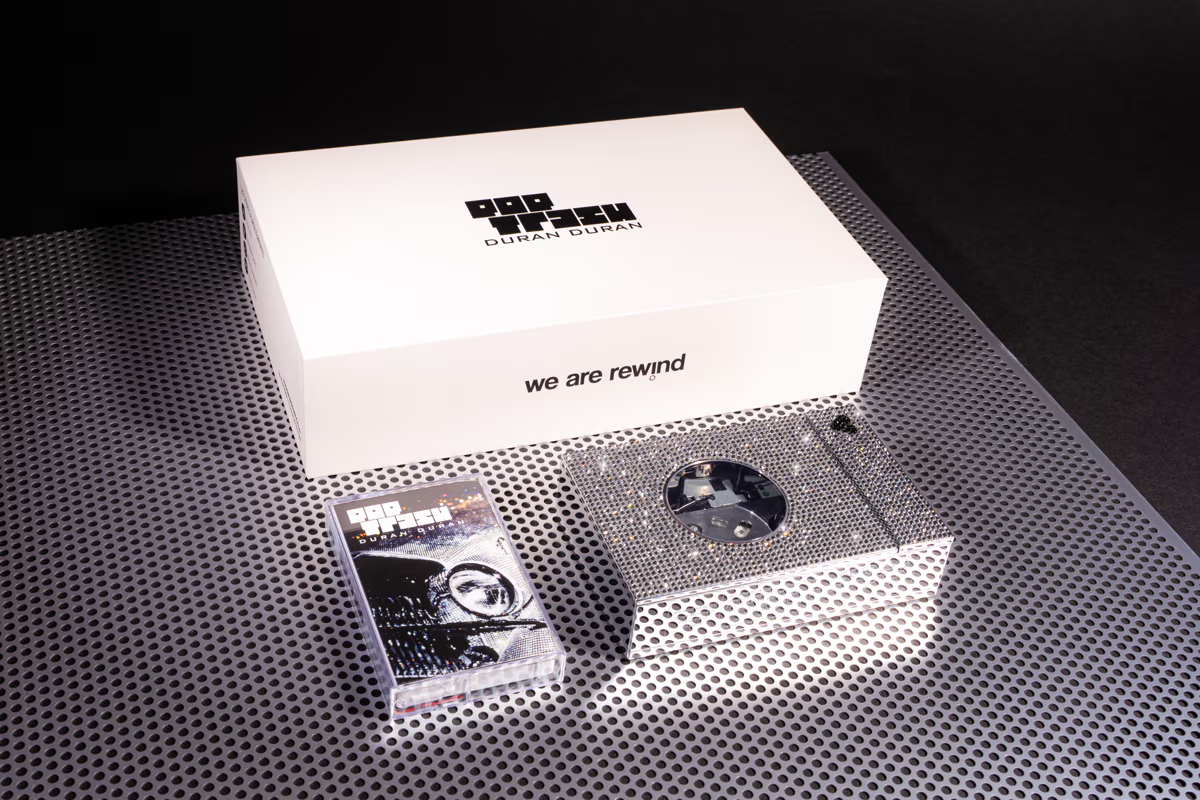
A cassette player built for the present day
The WE-001 looks and feels like something from the band’s own design board. The aluminium shell has a satisfyingly weighty feel, the buttons have a smooth mechanical action, and the audio side of things has been taken very seriously. A dedicated headphone amplifier gives the tapes far more presence and clarity than the portable players many of us owned the first time round.
It connects to wireless headphones and speakers thanks to Bluetooth and charges by USB C, giving around twelve hours of playback. It even records. Plug in a powered mic or use the line input and you can capture your own mixtapes in proper analogue fashion.
For anyone who wants the full nostalgic experience, a pencil is included in the box. You know exactly what that is for.
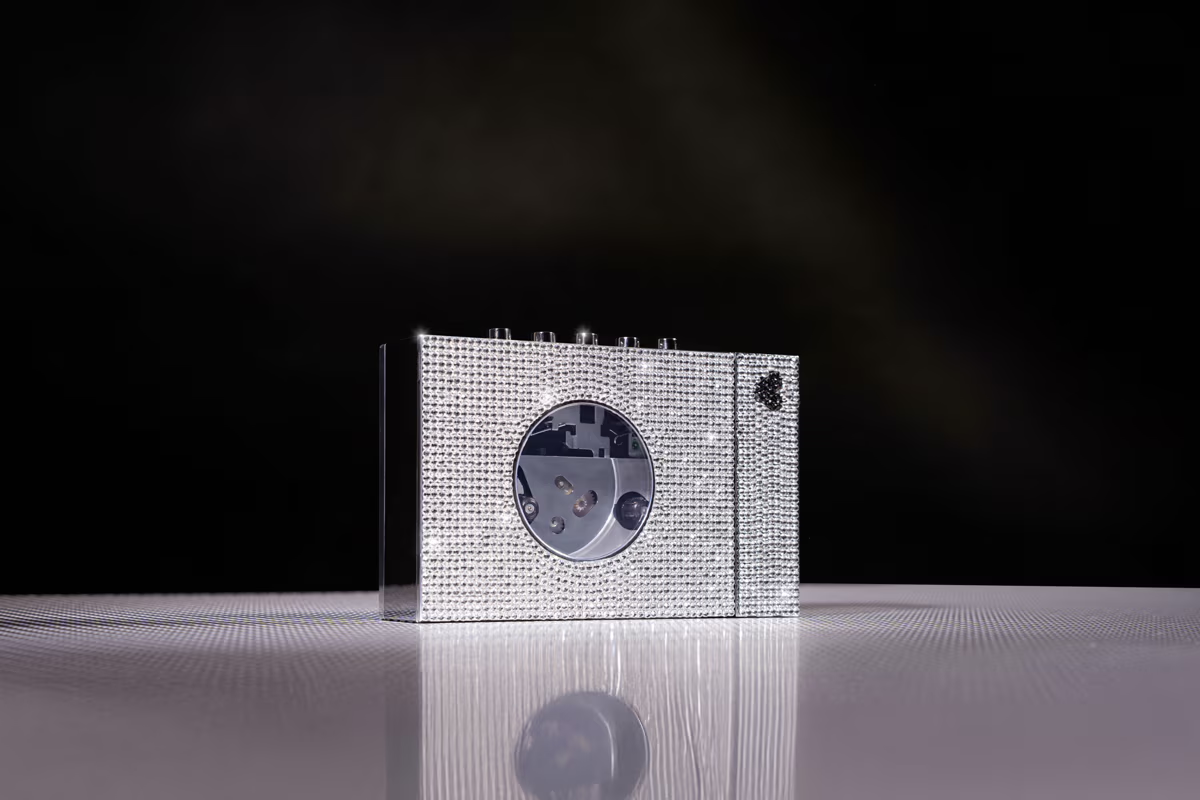
A collaboration with real heart
The band’s creative art director Andrew Day summed up the project perfectly. When Pop Trash came out, streaming barely existed. Two and a half decades later, celebrating the album with a beautifully designed cassette player feels surprisingly right. He described the finished product as “more Pop and less Trash”, which is a very neat way of putting it.
We Are Rewind founder Romain Boudruche added that Duran Duran’s long history with physical media made the project a natural fit. At a time when music discovery is often reduced to an endless scroll of digital tracks, it is refreshing to see an artist celebrate the value of something you can actually hold.
Interestingly, UK cassette sales rose by more than two hundred percent in the first quarter of this year, so the timing could not be better.
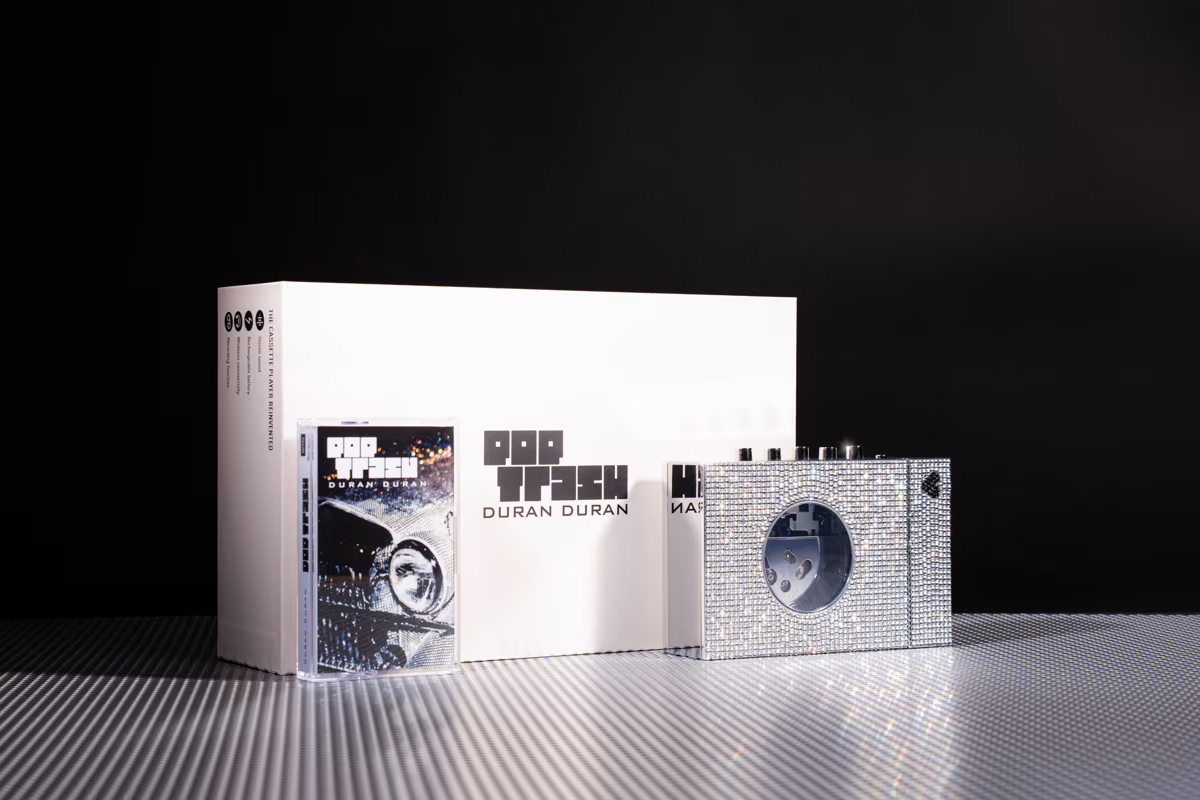
Price and availability
The WE-001 Duran Duran Special Edition is priced at £149 and is available directly from We Are Rewind. If you are a fan of the band, a lover of physical media, or simply someone who enjoys a beautifully built gadget, this is well worth a look.

